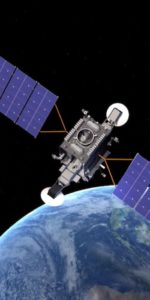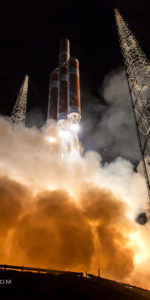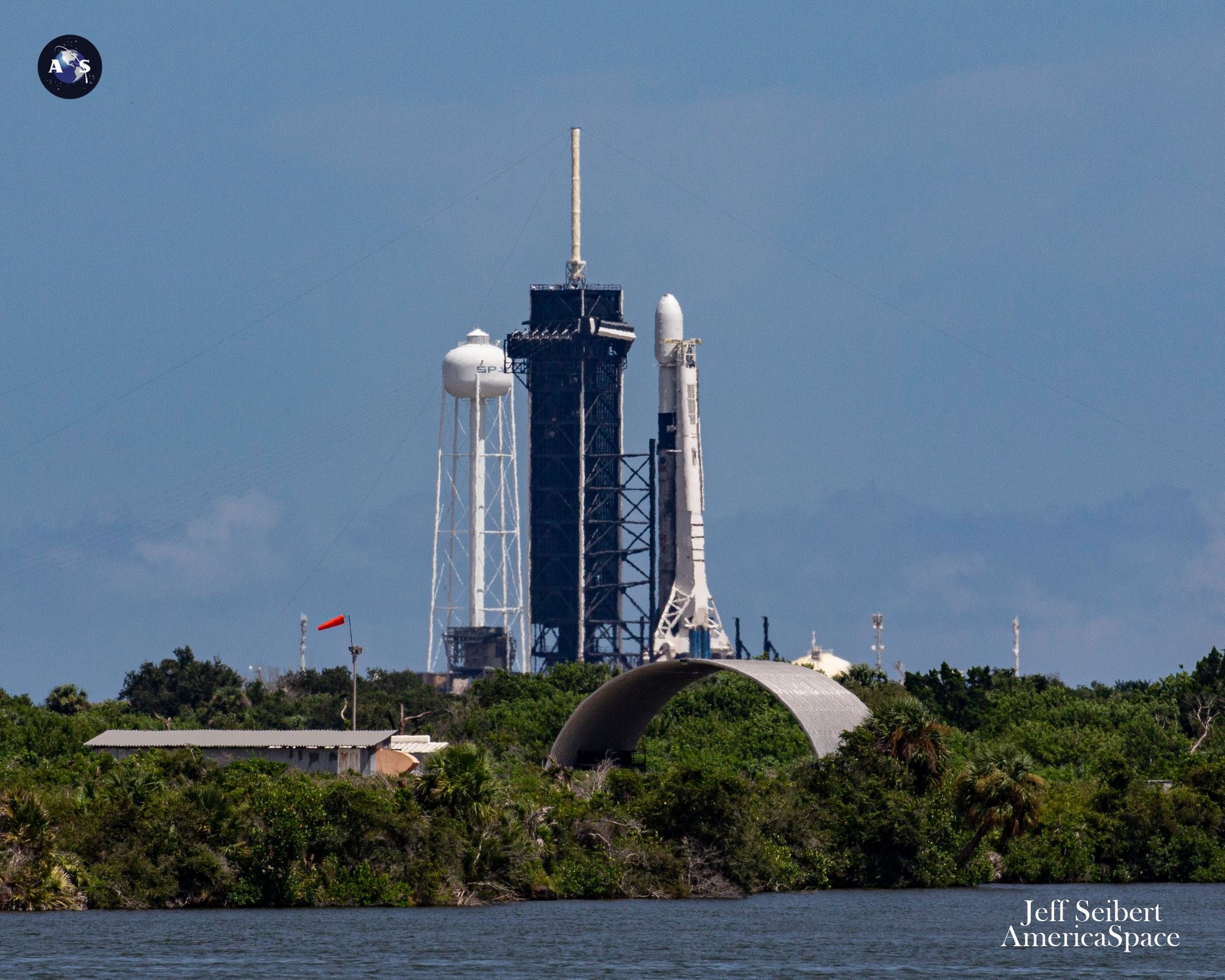
UPDATE – SpaceX has since tweeted that a new launch date will be announced at a later time, due to bad weather at the booster recovery area.
ORIGINAL STORY – Despite a marked improvement of the weather forecast at the Kennedy Space Center (KSC), Thursday did not prove to be SpaceX’s day to get its latest batch of Starlink internet communications satellites into orbit. Launch was targeted for 2:19 p.m. EDT, but was scrubbed shortly before the planned start of the live webcast for reasons which remain unclear.
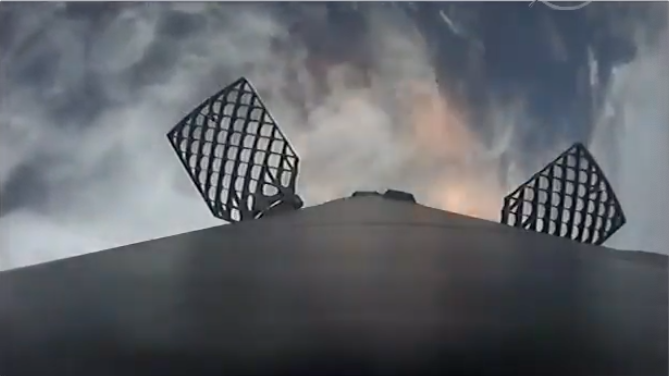
WATCH AmericaSpace’s LIVE Launch Tracker Coverage HERE!
“Standing down from today’s Starlink launch due to recovery issue; vehicle and payload remain healthy,” the Hawthorne, Calif.-based launch services provider tweeted shortly after 2 p.m. EDT. “Next launch opportunity is tomorrow, September 18, at 1:57 p.m. EDT, but we are keeping an eye on weather.”
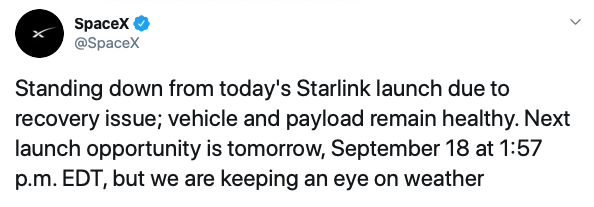
This was a pity, as the indirect threat posed to the Space Coast in terms of rain showers and storms from the remnants of Tropical Storm Sally—downgraded from hurricane status yesterday—saw the 45th Weather Squadron at Patrick Air Force Base upgrade its forecast from 60-percent-favorable to 70-percent-favorable. Sally first arose over the Bahamas last week and was officially designated a tropical depression on 11 September.
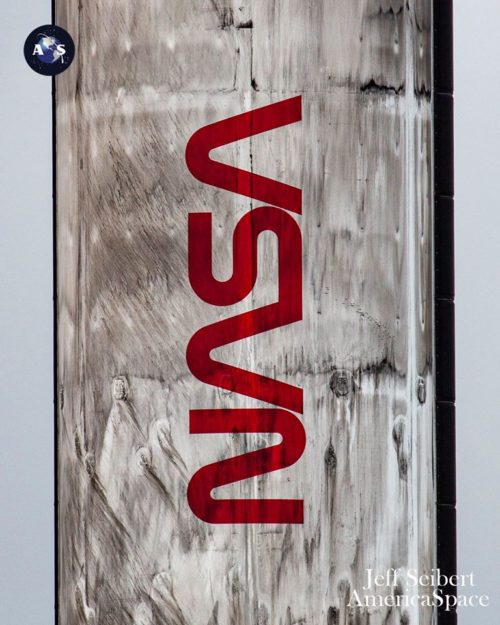
Shortly after making landfall in Miami, it strengthened into a tropical storm and over the next few days intensified rapidly to hurricane strength: firstly to Category 1 and by the evening of 14 September to Category 2.
Despite being temporarily weakened earlier this week by increased wind shear and upwelling, it re-intensified on Tuesday, with sustained winds of 80 mph (130 km/h). It made landfall in Gulf Shores, Ala., on Wednesday, where it began to drastically weaken back to a Category 1 hurricane and ultimately to a tropical storm.
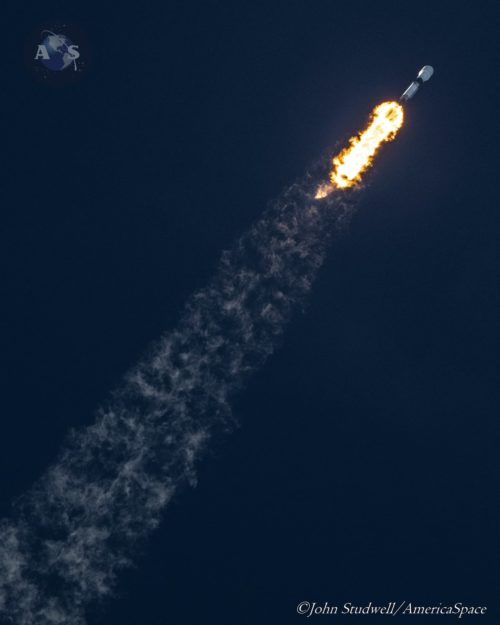
“Tropical Depression Sally, currently moving into southwest Georgia, will begin to merge with a broader frontal system across the southeast later today and tonight,” reported the 45th in its Thursday morning update.
“The influence of these systems has brought winds around to the south-southwest across Central Florida this morning. While a few showers may brush the Spaceport this morning, most activity will hold off until the ongoing activity along the Gulf Coast…moves across the state and towards the Spaceport early this afternoon.”
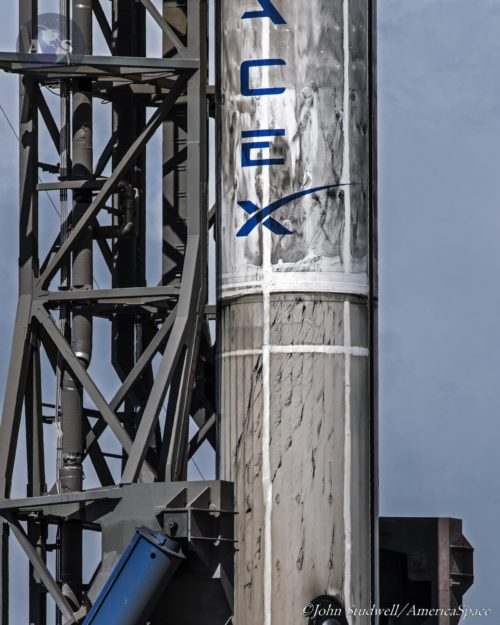
This was expected to produce the “highest chance” of showers and storms after this afternoon’s launch window, although the 45th cautioned that the “early arrival of this band of activity cannot be ruled out”. As such, the original 60-percent-favorable outlook was nudged promisingly to 70 percent, tempered only by the risk of violating the Cumulus and Anvil Cloud Rules associated with convection.
In readiness for Thursday’s launch attempt, the Autonomous Spaceport Drone Ship (ASDS), “Just Read the Instruction”—primed and ready for its third East Coast “catch” of a Falcon 9 core, after several years assigned to Vandenberg Air Force Base, Calif.—put to sea on Sunday, bound for a location about 390 miles (630 km) off the Cape.
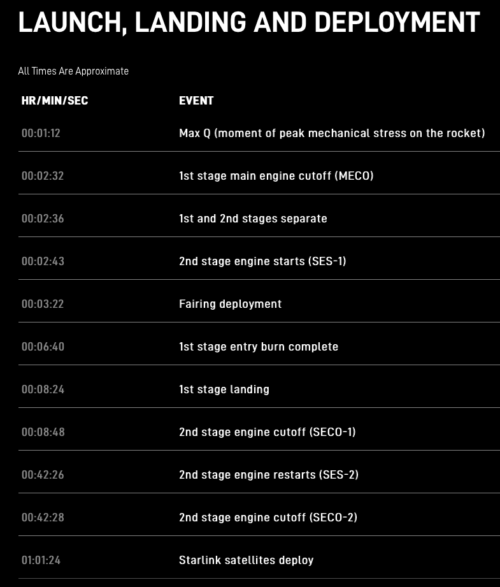
And in the pre-dawn darkness of Thursday, the blackened and scorched B1058, together with its sparkling-new second stage and a pair of payload fairing halves of which one is new and the other used, was trundled out to historic Pad 39A and elevated to the vertical.
The subsequent scrub raises an increasingly pessimistic picture for the backup opportunity at 1:57 p.m. EDT tomorrow. With Sally’s remnants forecasted to push off the Carolina coast early Friday and bring an associated frontal boundary into Florida, coupled with the risk of increased cloud cover, showers and thunderstorms, the outlook is barely 30-percent-favorable for Friday’s launch attempt.
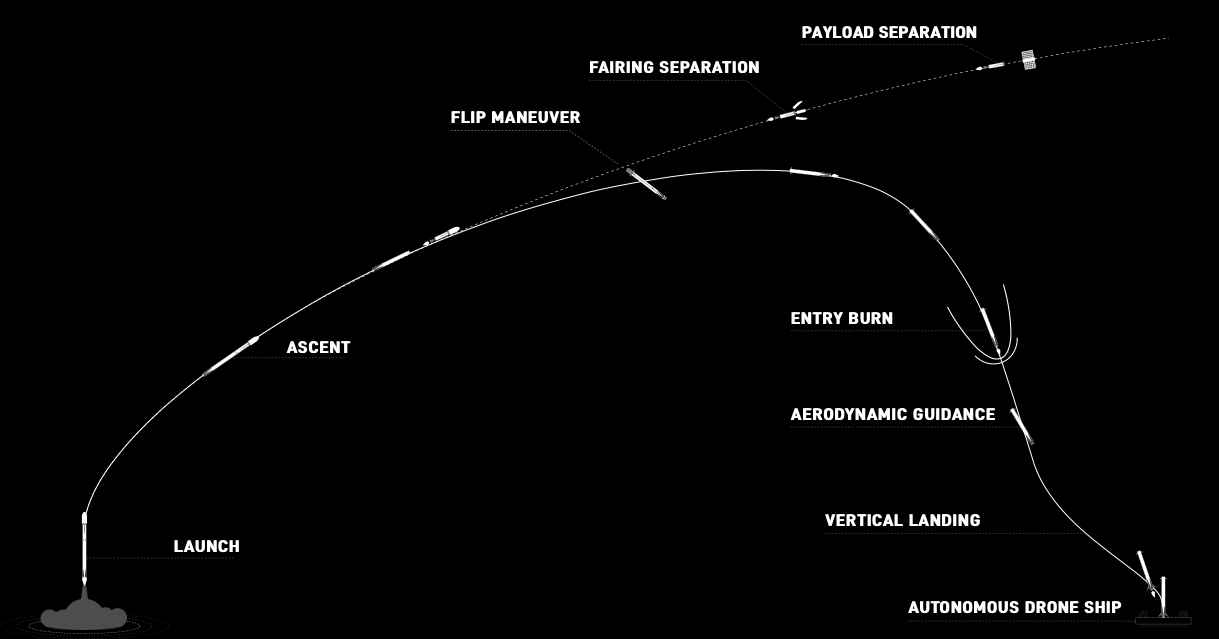
Flying this mission is the veteran B1058 core, which is making its third orbital voyage, having previously seen service to loft the Demo-2 flight of Crew Dragon on 30 May, before launching South Korea’s ANASIS-II military communications satellite seven weeks later on 20 July.
Noticeably blackened and scorched from its two previous high-energy launches and re-entries, it is paired with a brand-new second stage and a two-piece payload fairing, of which one half is new and the other is making its third flight.
.
.
FOLLOW AmericaSpace on Facebook and Twitter!
.
.




